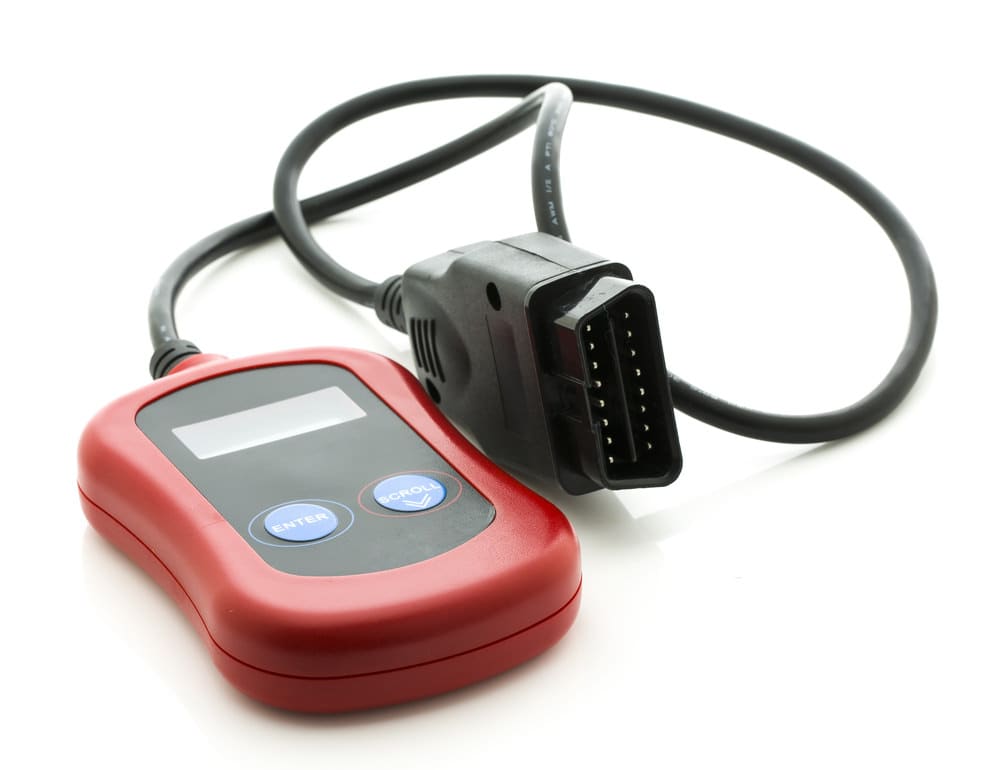

All cars made from 1996 onward have an onboard computer that detects faults in the engine, transmission and emissions systems, and communicates problems through lights in the dash (your Check Engine Light, for instance). There’s also a connector located under the dash where a code reader can be connected. This allows a mechanic to connect a reader or scanner to the car and see what code is causing the light to come on.
Should you buy your own?
You can buy code readers and scanners on the market for relatively cheap. They will connect to the OBD II connector under your dash, and will be able to at least pull the code. However, that’s not necessarily going to do you much good. Trouble codes are just that – they’re a series of letters and numbers that tell a mechanic what’s going on, or what trouble code to look up.
What that means is, if you don’t have access to resources detailing what each trouble code means, you’re out of luck. You’ll know the code, but not be one step closer to actually diagnosing the car. In addition, many trouble codes aren’t decisive – they’re general. You might learn that the trouble is with your evap system in the gas tank, but that’s as much as you’ll know.
Another complication is that all cars have what are called manufacturer proprietary trouble codes. What this means is that no code reader/scanner other than one programmed by the automaker will be able to tell you what the code is. So, in this instance, you wouldn’t even be able to tell what the problem is.
So, should you buy your own code reader? If you’re a mechanic or ex-mechanic, it might make sense. It might also be a good option if all you’re interested in doing is turning off the Check Engine Light to see if it comes on again. However, if you want to really fix the problem and don’t have resources beyond the code reader, that money might be better spent with a professional mechanic.



